You can read this exclusive content thanks to the FALATH & PARTNERS law firm, which assists American people with Slovak roots in obtaining Slovak citizenship and reconnecting them with the land of their ancestors.
In this series featuring those seeking Slovak citizenship, the people have one thing in common: they are usually the only one in their family so interested in their heritage that they decide to go out of their way to apply for Slovak citizenship.
Enter Jennifer Shevock, who grew up in northern Pennsylvania, but now lives in northern California. When she learned that Slovakia changed the law and granted citizenship by descent, she called her brother and they started the process together.
“My brother Ron and I are very close; I told him that we need to do this and he immediately agreed,” she tells The Slovak Spectator.
“We always talk, but now we have this to talk about too. It’s been so heart-warming and special to bond this way,” she says, adding that now that both of them have obtained the Slovak Living Abroad (SLA) certificate, more of the family is interested.
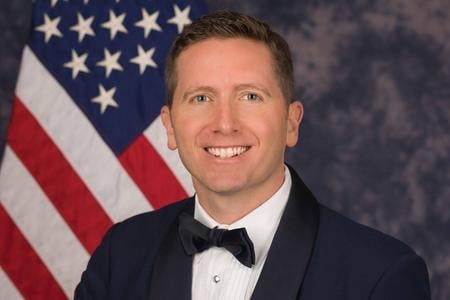
It was always there
Shevock knew from early childhood that she had Slovak roots. She has a photo of her great-great-grandmother that was taken in Slovakia and was very close to her both grandmothers, who were Slovak and proud of their origin.
They would teach her some Slovak words for fun, and of course cook many traditional dishes. Even their names on their graves are spelled in Slovak. The family also used to go to a Slovak church.
“So the Slovak was always there and it was talked about,” Shevock explains, adding that her name is actually originally Polish because her grandfather was of that nationality – it used to be spelled Siwak, but was Americanised.
Her great-grandfather Viktor was from the village of Brezovica in the Sabinov district, eastern Slovakia. He emigrated in 1907 together with his brother who would later return to Slovakia. Viktor settled in Pennsylvania and worked in the mines briefly, but eventually became the custodian of St. Stephen’s Church in Plymouth, one of the first Slovak churches in the US. After meeting his wife, he stayed in America. The whole family lived on the church grounds.
“I don’t think my great-grandmother worked; they had seven kids so I think she was at home with all the children,” Shevock explains, adding it was the same on the other side of the family.
She herself grew up in Pennsylvania in the small immigrant and mining town of Nanticoke, where most of the people were Polish and Slovak, with a few Irish immigrants as well.
“Because there were so many of us I didn’t realise until I was maybe a teenager that I was actually American as well,” she says, adding being of immigrant origin was almost as confusing as it is sometimes now, despite knowing more about her roots.

Brother and teammate
Shevock’s journey towards Slovak citizenship began 2 years ago when she was trying to organise all of the documents the family had online on Ancestry.com, including many pictures and papers.
“When I started putting all the documents online, I became a little bit confused because, for example, in the United States census data, my ancestors listed themselves as from Czechoslovakia. But according to birth records it was the Austro-Hungarian Empire. And then my great-grandpa’s death card said he was born in Brezovica, Slovakia,” she explains.
This confusion led to researching the history of the region and the changing boundries. Then she found out that in 2022, Slovakia changed the law regarding the citizenship by descent.
“When I saw that I was so excited, very happy. It occurred to me that wow, we could do this, that we qualified,” she recollects. She immediately called her brother about it and agreed that they should pursue citizenship. Although it has been a long and expensive process for both of them, they have obtained their SLA certificate.
To Shevock, it just made sense. She feels close to her family and this was a way to officially and legally acknowledge where the family is from.
“I wish my grandparents were still alive. I wish I could tell my grandmother, she’d be thrilled. When I was gathering all of our documents, my extended family were also helping me with remembering dates, providing me with a lot of photos. One of my other cousins had written a school report about our family and she gave me that,” she says.
Even though she and her brother were already close, this has given them the opportunity to become ever closer.
“My brother is my teammate in all this really, he’s been very supportive in every way,” she says, adding that he is just as equally excited as she is to learn about their family history.
“It’s very emotional for us. It’s hard to even talk about without crying. I think more of my family would like to do this now. I think they wanted to see if we were successful because the process is demanding.”
This side prevailed
When asked why she didn’t pursue Polish citizenship instead of Slovak, Shevock couldn’t say.
“I don’t even know. My other grandfather’s father was actually from Lithuania. The majority of my family is Slovak on both sides. All the churches that we went to when we were little were Slovak. I’d have to think about that. I don’t have an answer now. I guess this part just kind of prevailed,” she opined.
In acknowledging where she came from, she has also learned a lot about the culture she heard so much about as a child. As part of obtaining the SLA, she has had to take classes about the culture.
As she pointed out, it’s one thing when grandparents told her about the various things, and another when she learned it as an adult, which she called “empowering”.
“I feel like I’ve really revived my grandmother’s spirit in a way. I feel she kind of came back to life a little bit through this process and remembering more things. It’s hard to explain in words,” she adds.
Her grandparents were very involved in their local church; they were devout Catholics and members of the governing body. They also did a lot of volunteer work. To Shevock, this feels a part of the culture of her grandmothers. A lot of the traditions they kept were associated with the Christian holidays, especially around Christmas and Easter, such as blessing of the basket or not eating until Christmas Eve. That also meant a lot of traditional foods such as pierogies, cabbage dishes, halušky. Luckily for Shevock’s family, there are a lot of Polish and Slovak markets near where her parents live, so they can still get these dishes at Christmas and Easter time.
“I associate a lot of these foods with my family and those tastes live on in me,” she says.
This autumn, Shevock plans to start a Slovak language class. She remembers a few Slovak and Polish words from her childhood, but tends to mix them together. And although her parents learned Slovak when they were little, she herself attended an English-speaking school. Moreover, even at the local church people stopped speaking Slovak. Luckily for Shevock, she says she has a mind for languages.
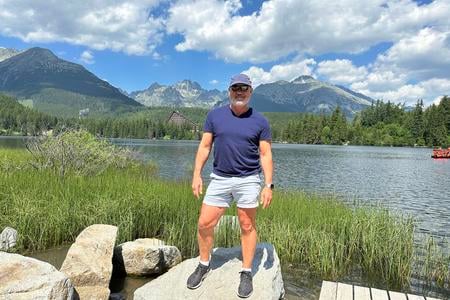
Welcomed back
The long-term goal is to visit and spend time in Slovakia and possibly live there part-time or retire there someday.
Although Shevock herself has travelled extensively and has been to Hungary, Austria, Poland and Germany, visiting Slovakia just logistically didn’t work out. However, that didn’t stop her from at least visiting the country virtually via Google Streets. Her brother has already visited Slovakia and went hiking in the High Tatras with his wife.
She is hoping that this October she can travel to Slovakia, stay a few weeks, and visit her great-grandfather’s birthplace. That is, unless she and her brother get an embassy appointment for their citizenship around the same time.
“It would be nice to not just have the citizenship, but also use it to contribute. I’m an accountant, maybe I could start my own business? I’ve been researching on LinkedIn. Maybe I could teach English. And maybe no, because you all already speak English very well,” she says, jokingly.
“I’m so grateful to the Slovak Republic for welcoming us back, that’s really heart-warming. It’s just so nice to be connected to people from the culture. When our SLA was approved I felt so accepted. I’m just very much looking forward to hopefully spending more time there.”
Spectacular Slovakia travel guides
A helping hand in the heart of Europe thanks to our Slovakia travel guide with more than 1,000 photos and hundred of tourist spots.
Our detailed travel guide to the Tatras introduces you to the whole region around the Tatra mountains, including attractions on the Polish side.
Lost in Bratislava? Impossible with our City Guide!
See some selected travel articles, podcasts, and traveller info as well as other guides dedicated to Nitra, Trenčín Region, Trnava Region and Žilina Region.


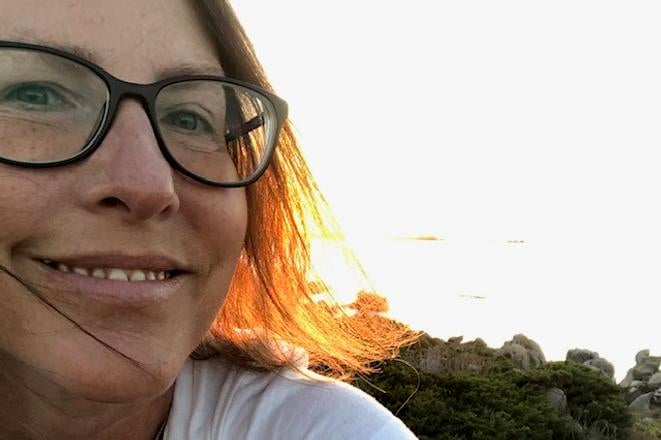 Jennifer Shevock. (source: Archive of J. S.)
Jennifer Shevock. (source: Archive of J. S.)
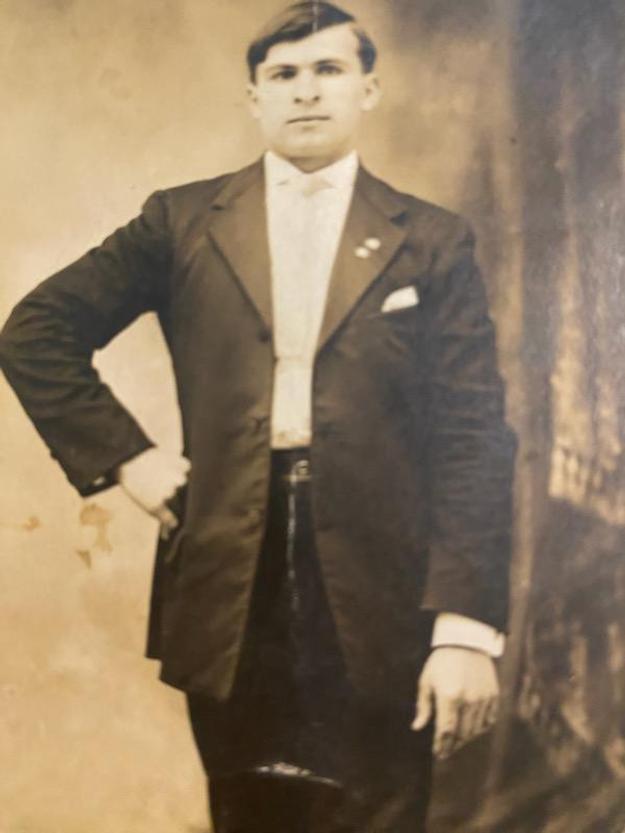 Shevock's great-grandfather Victor on his wedding day. (source: Archive of J. S.)
Shevock's great-grandfather Victor on his wedding day. (source: Archive of J. S.)
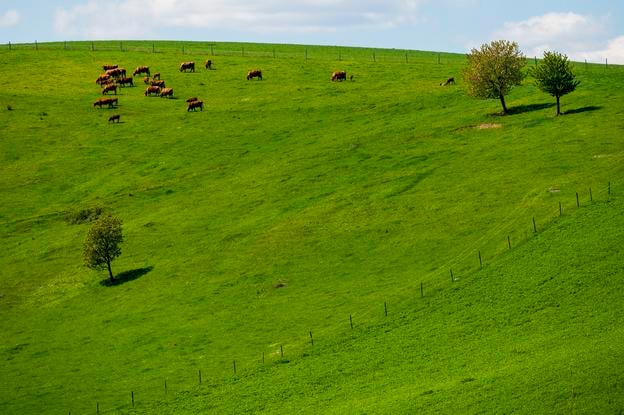 Cows near the village of Rožkovany in the Sabinov district. (source: TASR)
Cows near the village of Rožkovany in the Sabinov district. (source: TASR)